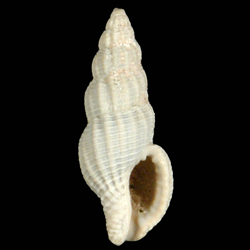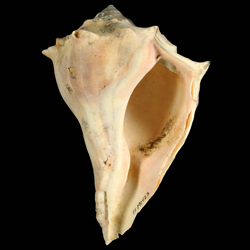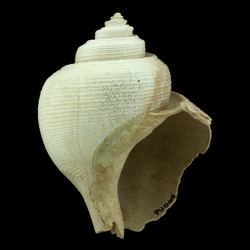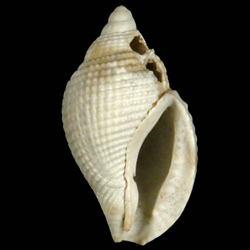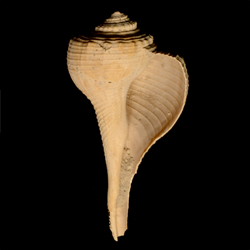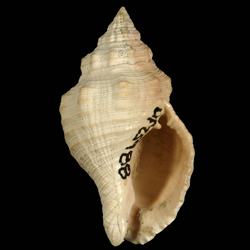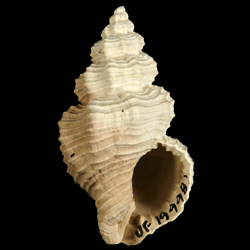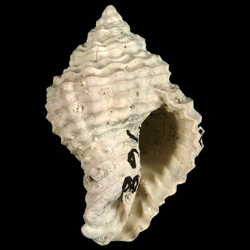
Buccinidae
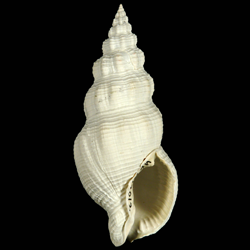
- Phylum: Mollusca
- Class: Gastropoda
- Order: Neogastropoda
- Family: Buccinidae
Overview
Common name: True whelks
Key morphological features: The Buccinidae are small to medium sized gastropods with robust, fusiform shells. The body whorl is relatively large and tapers into a prominent but relatively short anterior siphonal canal, and the spire is medium-sized with a paucispiral protoconch. The shell exterior of most species features prominent spiral cords, often crossed by axial ribs or knobs. The whorl shoulders can be strong or weak. The aperture of most species is wide and both the labrum and columella are most often smooth, but can be weakly dentate. Sources: Davies, A.M. 1971. Tertiary Faunas Vol. 1, second edition. New York: American Elsevier Publishing Company, Inc. 571 pp.; Tunnell Jr., J.W., Andrews, J., Barrera, N.C., Moretzsohn, F. 2010. Encyclopedia of Texas Seashells. College Station: Texas A&M University Press. 512 pp.
Geological range: Upper Cretaceous to Recent (Davies, 1971).
Geographic distribution: A distributional map for modern Buccinidae may be accessed from OBIS. A distributional map for ancient Buccinidae may be accessed from the Paleobiology Database.
Diversity: There are 1042 recognized living species of Buccinidae and 142 genera (WoRMS database, unvetted). The Paleobiology Database recognizes 113 fossil genera and 906 fossil species of Buccinidae (unvetted).
Paleoecology: The Buccinidae are marine gastropods that are predominantly scavengers and carnivores. They inhabit shallow or deep subtidal, coarse rubble or sandy habitats, and occasionally hard grounds. They can be found in seas worldwide and at all latitudes. Source: Tunnell et al. (2010).
Phylogenetic status: Paraphyletic. The morphological phylogenetic analysis by Hayashi (2005) supports the paraphyly of Family Buccinidae. Reference: Hayashi, S. 2005. The molecular phylogeny of the Buccinidae (Caenogastropoda: Neogastropoda) as inferred from the complete mitochondrial 16S rRNA gene sequences of selected representatives. Molluscan Research 25 (2): 85-98.
